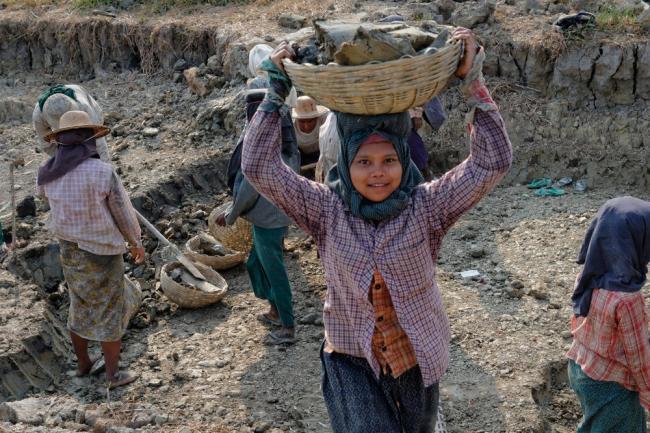13 Jun 2015

At this pace, it would take more than a century to get the existing working children out of labour.
“Today, over a crore children continue to be a part of the country’s workforce,” CRY said in a statement.
The analysis also pointed out a critical trend – the child labour in urban areas in the country has increased by 53% over 2001-2011.
“This is of utmost concern especially since enforcement machinery is primarily based in urban regions and the implementation of child protection structures is stronger in urban India. This increase in urban child labour could be attributed to increased migration including seasonal migration for employment as well as trafficking of unaccompanied minors,” said Komal Ganotra, Director, Policy & Research, CRY(Child Rights&You).
Having said that, a staggering majority of working children (80%) are based in rural areas, and 3 out 4 (75%) of these children work in Agriculture, as cultivators or in Household Industries, most of which are home-based employments.
Child labour in India also reflects some remarkable age-based trends.
The decade 2001-2011 saw an overall decrease in working children in the age-group of 10-14 years. Contrary to this, working children between 5-9 years increased by 37%.
Of particular concern is the whopping rise in child labour in the age group of 5-9 years in urban areas – the number of working boys grew by 154% where as the number of working girls grew by 240%.
Interestingly, more than half of working children in India are concentrated in five states namely Bihar, Uttar Pradesh, Rajasthan, Madhya Pradesh and Maharashtra.
Out of these 5 states, only UP has witnessed a growth in child labour by 13% with 1 out of 5 child labourers in India belonging to the state.
There has been a negligible decrease in child labour in Bihar and Maharashtra whereas the states of Rajasthan and Madhya Pradesh have achieved substantial reduction in working children by almost a third.
The net of child protection and safety needs to be tightened considerably to address the grave issue of child labour. For instance, data available from the National Child Labor Project (NCLP) indicates that 59026 inspections were done nationally in 2012 out of which only 435 cases were convicted. The magnitude of child labour in India is grave and all legislations, policies and enforcement machinery related to children should take into cognizance the enormity of the issue.